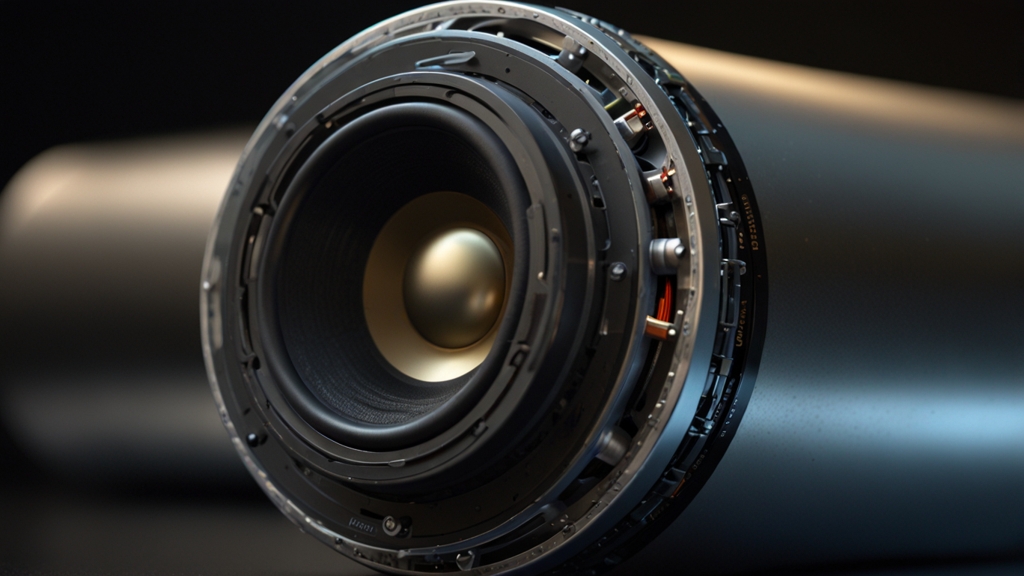How Chemistry Influences Fashion and Textiles
The fashion industry, often perceived through the lens of creativity and aesthetics, is profoundly intertwined with science, particularly chemistry. From the development of synthetic fibers to the creation of vibrant dyes, chemistry plays a pivotal role in shaping the materials and processes that define modern fashion and textiles.
Synthetic Fibers: The Revolution in Textiles
Synthetic fibers such as nylon, polyester, and acrylic have revolutionized the fashion industry. These fibers are products of complex chemical engineering and have numerous advantages over natural fibers like cotton and wool. Synthetic fibers are often more durable, less prone to wrinkling, and can be engineered to possess specific qualities such as elasticity, flame resistance, and water repellency.
“Nylon, one of the most well-known synthetic fibers, was first developed in the 1930s by the chemical company DuPont. It provided a cheaper and more durable alternative to silk, particularly during World War II when silk became scarce.”— Textile Innovators Association
These materials have allowed designers to create innovative and high-performance garments that wouldn’t have been possible with natural fibers alone. Whether it's in high fashion runway shows or athletic wear, the versatility and resilience of synthetic fibers are undeniable assets in the world of fashion.
Dyes and Pigments: Adding Color and Glamour
The vibrant colors we see in today’s garments are the result of advanced chemical dyeing processes. Historically, natural dyes extracted from plants and insects were used to color fabrics. However, these dyes had limited color fastness and scope. The advent of synthetic dyes in the mid-19th century, initiated by the accidental discovery of mauveine by William Henry Perkin, transformed the textile industry by providing a wide spectrum of colors that were more vibrant and enduring.
“Perkin’s discovery of the first aniline dye not only opened up new artistic possibilities for clothing colors but also laid the groundwork for a new industry—that of industrial dyestuffs.”— Historical Society of Fashion Chemistry
Today, chemists continually develop and optimize dyes to ensure they are not only colorful and durable but also environmentally friendly. Research is ongoing to create dyes that require less water and energy during the application process, thus reducing the fashion industry’s environmental footprint.
Finishing Processes: Enhancing Fabric Performance
Chemistry is also at the heart of fabric finishing processes that enhance the functionality and aesthetic appeal of textiles. Finishes can make fabrics water-repellent, stain-resistant, wrinkle-free, or antibacterial. Treatments like mercerization, which uses sodium hydroxide, enhance the luster and strength of cotton fibers, while others, such as Teflon coatings, provide functional benefits like water and oil repellency.
“The ability to engineer fabrics with specific properties has broadened the scope of what can be achieved in textile design, making it possible to create clothes that are not only beautiful but also highly functional.”— International Journal of Textile Science
Sustainability and Future Trends
With growing awareness of environmental issues, the fashion industry is increasingly turning to green chemistry to develop sustainable methods and materials. Innovations include biodegradable fibers, eco-friendly dyes, and chemically-recycled textiles. For instance, polylactic acid (PLA) fibers derived from renewable resources like corn are emerging as a biodegradable alternative to traditional petrochemical-based fibers.
Moreover, advancements in biotechnology allow for the creation of spider silk and other bio-based fibers through fermentation processes, potentially offering new, sustainable textile options with unique properties such as exceptional strength and elasticity.
Conclusion
Chemistry's influence on fashion and textiles is both profound and indispensable. From enabling the creation of synthetic fibers and vibrant dyes to enhancing fabric performance through advanced finishing processes, chemistry facilitates innovation within the fashion industry. As the industry moves towards greater sustainability, the role of chemistry remains crucial in developing new materials and methods that marry ecological responsibility with cutting-edge design.







